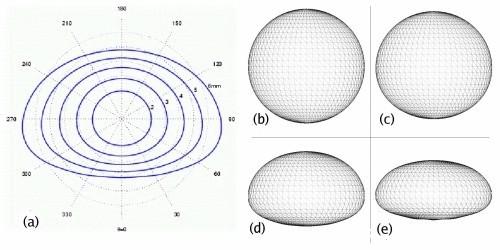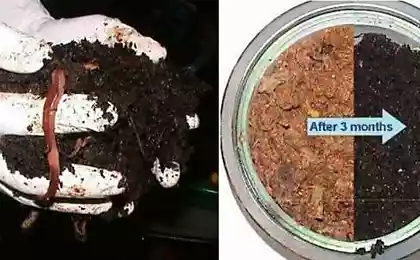326
Physicists reveal the secret of rain drops
Physics understood why raindrops reach their size not a few days, as predicted by computer simulation, and in less than an hour.
The mystery of the appearance of rain drops managed to solve the researcher from MIPT, worked as part of an international research group. The work of specialists from Israel, Russia and Finland are already available as a Preprint and to be published in the journal Atmos. Chem. Phys.

Drops of rain embryo physics considered in turbulence. According to one of the authors, honorary Professor of the Department of General physics, Moscow Mikhail Andreevich Liberman (Professor, Swedish Institute for theoretical physics NORDITA), the subject of research was the so-called clustering is the process of fast accumulation of the droplets and increase their size in the areas between the vortices of the air. On clustering has been known to scientists for several decades, but they were unable to explain it using experimental data. All previous attempts of computer modeling showed that the growth of drops from one to one hundred micrometers would take hundreds of hours or even days, but in reality, the rain clouds spill precipitation is much faster.

The above figure shows (a) comparison of the shapes of drops with radii of 1, 1.5, 2, 2.5 and 3 mm (b)©(d)(e) — form drops of undistorted radius 0.5, 1.0, 3.0, 4.5 mm.
Physicists have studied clustering in turbulence under normal conditions (when all the cloud of the same temperature), and with the appearance of a macroscopic temperature gradient (when one of the edges of the cloud are heated stronger than the other). The calculations showed that the difference in temperature, which is observed in real clouds, is enough to accelerate the clustering process thousands of times. This allows us to explain the precipitation. According to Michael Lieberman, "the increase in the local concentration of nuclei drops thousands of times leads to an increase in collision frequency between the drops millions of times (proportional to the square of the concentration)".
The collisions of the drops coalesce into larger drops. They consistently grow as a result of each collision between two droplets, then a collision between two grown, and as a result the growth from one to 50 microns is reduced to only ten minutes. Thus now at the disposal of scientists proved a theoretical model, which is consistent with what is observed in reality.
Source: nkj.ru
The mystery of the appearance of rain drops managed to solve the researcher from MIPT, worked as part of an international research group. The work of specialists from Israel, Russia and Finland are already available as a Preprint and to be published in the journal Atmos. Chem. Phys.

Drops of rain embryo physics considered in turbulence. According to one of the authors, honorary Professor of the Department of General physics, Moscow Mikhail Andreevich Liberman (Professor, Swedish Institute for theoretical physics NORDITA), the subject of research was the so-called clustering is the process of fast accumulation of the droplets and increase their size in the areas between the vortices of the air. On clustering has been known to scientists for several decades, but they were unable to explain it using experimental data. All previous attempts of computer modeling showed that the growth of drops from one to one hundred micrometers would take hundreds of hours or even days, but in reality, the rain clouds spill precipitation is much faster.

The above figure shows (a) comparison of the shapes of drops with radii of 1, 1.5, 2, 2.5 and 3 mm (b)©(d)(e) — form drops of undistorted radius 0.5, 1.0, 3.0, 4.5 mm.
Physicists have studied clustering in turbulence under normal conditions (when all the cloud of the same temperature), and with the appearance of a macroscopic temperature gradient (when one of the edges of the cloud are heated stronger than the other). The calculations showed that the difference in temperature, which is observed in real clouds, is enough to accelerate the clustering process thousands of times. This allows us to explain the precipitation. According to Michael Lieberman, "the increase in the local concentration of nuclei drops thousands of times leads to an increase in collision frequency between the drops millions of times (proportional to the square of the concentration)".
The collisions of the drops coalesce into larger drops. They consistently grow as a result of each collision between two droplets, then a collision between two grown, and as a result the growth from one to 50 microns is reduced to only ten minutes. Thus now at the disposal of scientists proved a theoretical model, which is consistent with what is observed in reality.
Source: nkj.ru























